Research Professor
Plant Molecular and Cellular Biology Laboratory

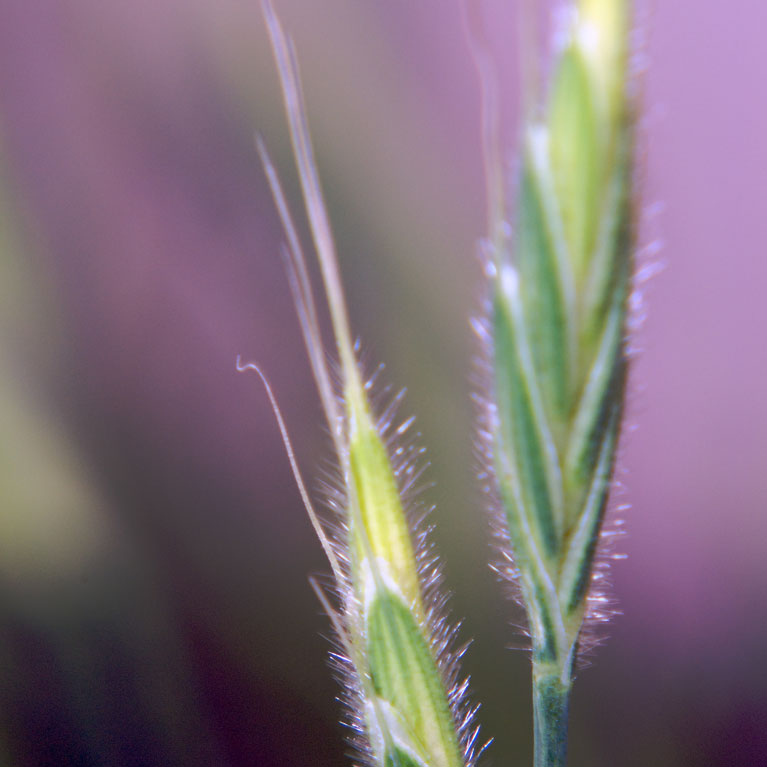
Plants perform a myriad of extraordinary biochemical functions, including capturing carbon dioxide through photosynthesis as well as extracting and concentrating essential elements, such as nitrogen. Underlying these biochemical abilities are the most diverse genetic codes (genomes) on the planet. Plants have highly complex genomes that result from mixing, reorganizing and restructuring to adapt to diverse and changing environments. For example, the complex genome of bread wheat is six times the size of the human genome due to three wheat relatives’ genomes fusing over time. Scientists have only recently been able to read (sequence) these complex genomes, which is opening the door for understanding the genetic basis of plant biochemistry and adaptation. This information will help researchers develop plants that can survive in harsh environments, to grow more food, fiber and fuel for a burgeoning population, as well as to potentially mitigate the negative effects of climate change.
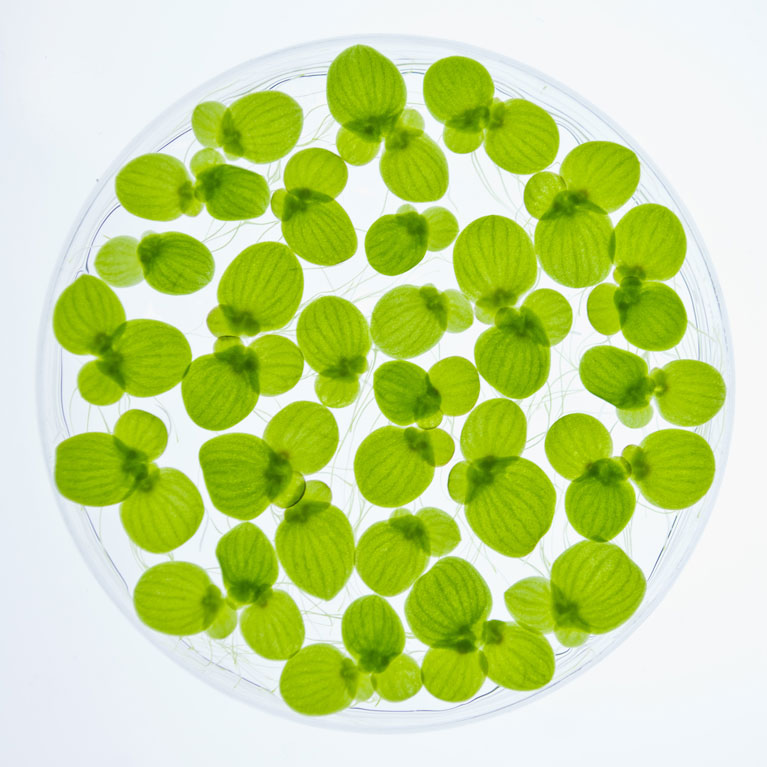
Todd Michael leverages sequencing technology and computational biology to uncover how genomic differences enable plants to better respond to and exploit their environment. Michael’s team is developing a multi-genome framework to better understand the underlying genetic networks that govern how plant populations interact with their surroundings.
His lab examines plants with unique physical forms, carbon and nitrogen acquisition strategies, and growth patterns to better understand plant genomes. For example, his team pioneered the use of the fastest growing (~1 day to multiply) and smallest (1 mm) flowering plant, Spirodela polyrhiza, as a research model to study a diverse array of plant functions. The group uses carnivorous and parasitic plants to examine novel nitrogen acquisition strategies. They also study plants that perform alternative photosynthesis such as crassulacean acid metabolism (CAM) to uncover how a genome is rewired to take in carbon dioxide at night and conserve water during the day.
As a member of Salk’s Harnessing Plants Initiative leadership team, Michael is providing genome sequencing support to create Salk Ideal Plants®, which could store excess amounts of atmospheric carbon deep in the ground. His team is investigating the genetic architecture controlling specific traits, such as deeper rooting, in order to take a “genome-informed” breeding approach to help plants store more carbon and adapt to climate change.
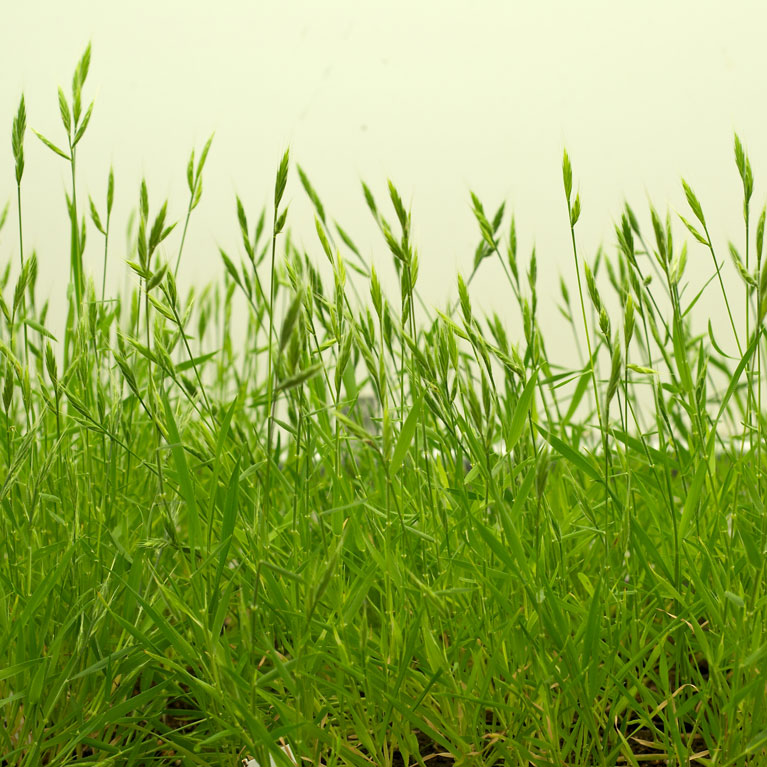
Plant genomics: Michael published the first near-complete plant genome of Oropetium thomaeum, a type of grass that can survive extreme drought, by pioneering the use of new sequencing technologies and genome analysis tools.
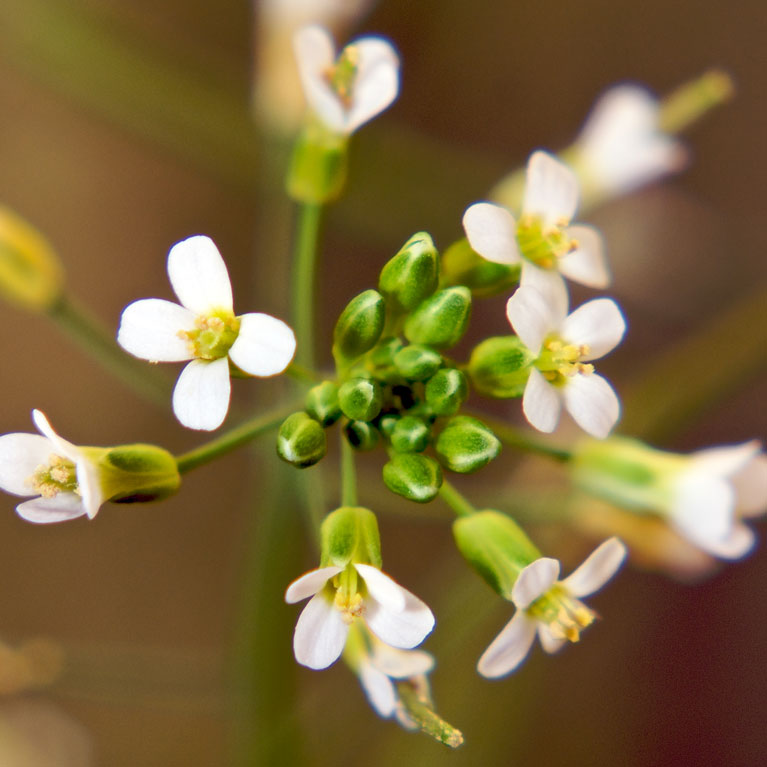
Time of Day (TOD) expression: Using the model plant Arabidopsis thaliana, Michael provided molecular evidence that the circadian clock enables plants to anticipate changes in their environment such as daily light-dark cycles as well as seasonal changes. His group also showed that TOD gene expression networks are conserved by evolution across higher plants, which enables advanced breeding for next-generation crops.
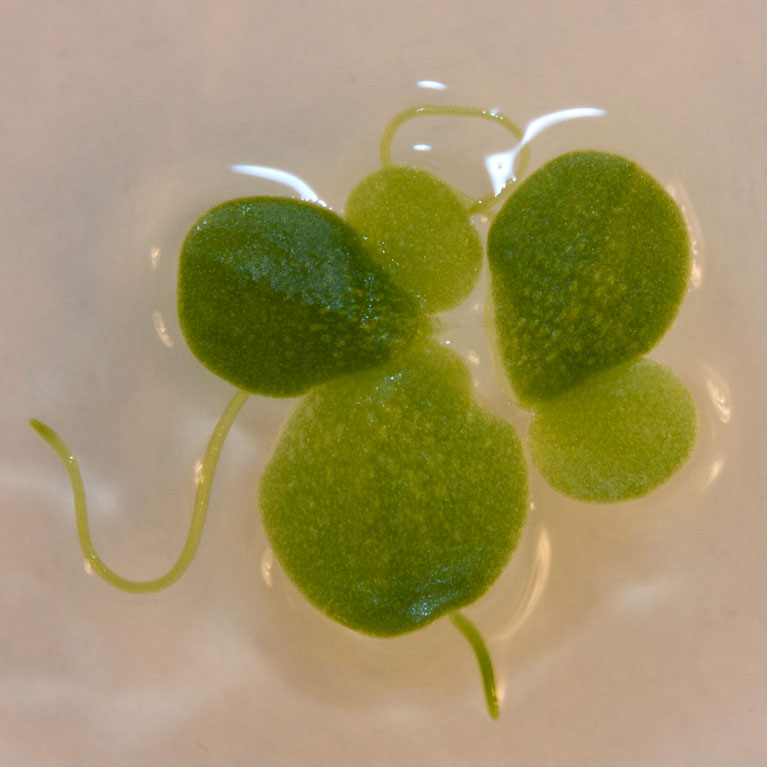
New plant models: Michael’s team has been instrumental in introducing several key model plant systems, such as Brachypodium distachyon and Spirodela polyrhiza, to the research community, which can help further reveal details into a diverse array of plant functions.
BA, University of Virginia
PhD, Dartmouth College
Postdoctoral training: Salk Institute for Biological Studies